This file, titled “(Court Files relating to Milh case)”, is a comprehensive archival compilation of German state documents from the late 1930s, focused on the legal, constitutional, and diplomatic questions surrounding the Austrian Concordat with the Holy See (Vatican) after Austria’s annexation by Nazi Germany in 1938 (the Anschluss).
This file provides rare insight into:
-
Nazi Germany’s approach to state succession in international law, particularly how it used legal reasoning to nullify inconvenient treaties.
-
The regime’s efforts to curtail Vatican influence and redefine church-state relations after annexing Austria.
-
Broader themes of manipulating constitutional and diplomatic law for political goals under totalitarian rule.
Disclaimer
Disclaimer on Historical Content
This archival file, titled DJ67-Complete (Court & Administrative Files Relating to the Milh Case on the Austrian Concordat and German Reich Integration), contains historical documents produced primarily by agencies of the German Reich during the 1930s under the Nazi regime.
The documents may include official correspondence, legal analyses, and administrative memoranda that reflect the language, policies, and ideological positions of the time, including perspectives that are discriminatory, nationalistic, or otherwise offensive by modern standards.
The presence of these materials in this archival compilation does not imply endorsement of their views, interpretations, or the political objectives they served. They are preserved and presented solely for the purpose of historical, legal, and scholarly research, to provide insight into the governmental and diplomatic processes of the period, and to ensure critical examination of the historical record.
Researchers are advised that some of the content may be disturbing or contain terminology and assertions that are explicitly contrary to contemporary principles of human rights and dignity.
By accessing or citing this file, users acknowledge their responsibility to interpret and contextualize these materials within their appropriate historical and ethical frameworks.
Condition Note
Age-related wear: Many of the pages show visible signs of age, including faded ink, yellowing of the original paper, and some smudging—common in materials from the 1930s.
Handwritten annotations: Numerous pages include handwritten notes, signatures, and marginalia. These are occasionally difficult to read due to cursive handwriting and ink bleeding.
Stamps and official seals: Several documents bear official Nazi-era stamps, seals, and typed references, which add authenticity but also visual clutter.
Black and white microfilm quality: Much of the file is reproduced in black and white, microfilm-style imagery, often with high contrast. This sometimes leads to:
Blown-out highlights or oversaturated dark areas, obscuring portions of the text.
Blurring or softness around typed characters and handwriting.
Consistent formatting: Each page is clearly labeled and framed, often with page numbers, annotations, or archival codes included as part of the scan.
Occasional overlap: Some scans appear to have bits of neighboring pages or annotations from folders visible, though not enough to obstruct key content.
Typed text is largely readable, though older typewriter fonts and aged contrast levels may reduce clarity in parts.
Handwriting (especially in German cursive or Sütterlin script) is frequently challenging to decipher, particularly where ink has faded or letters blend together.

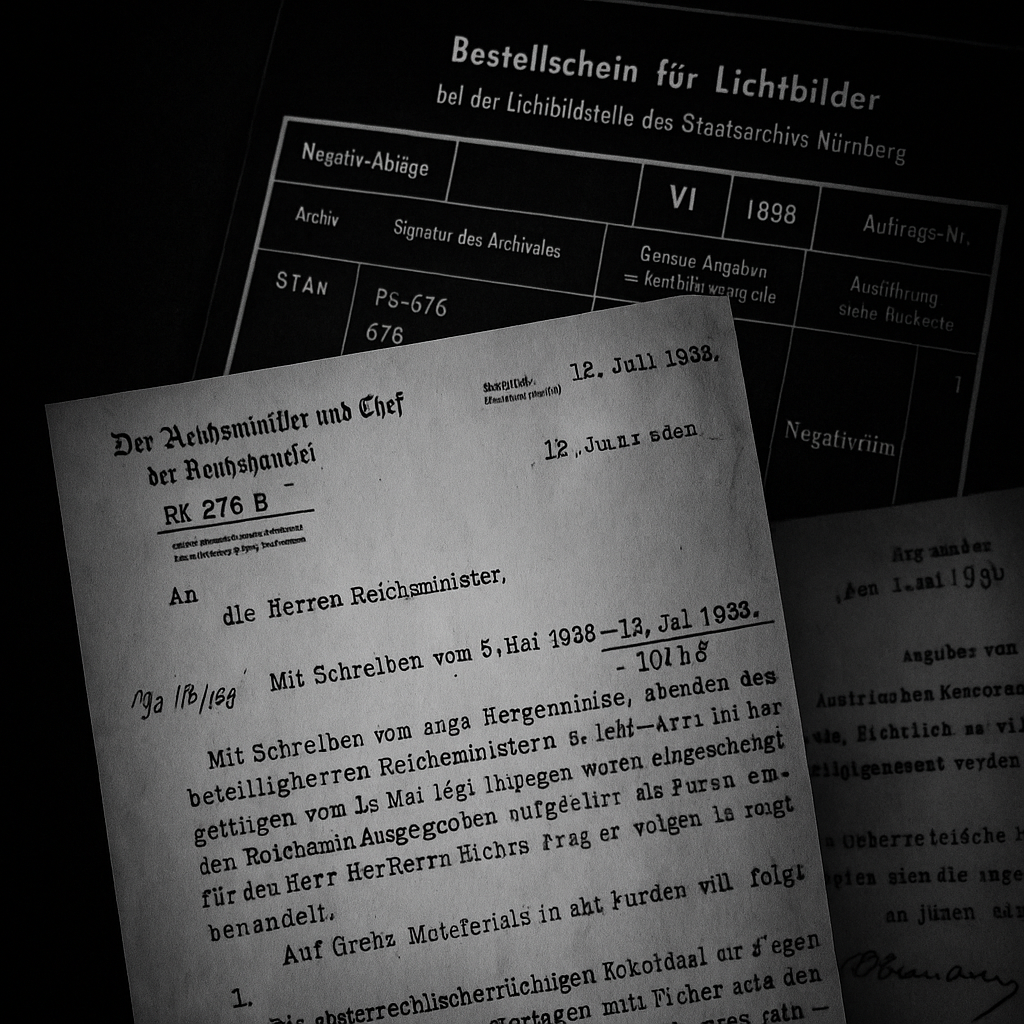

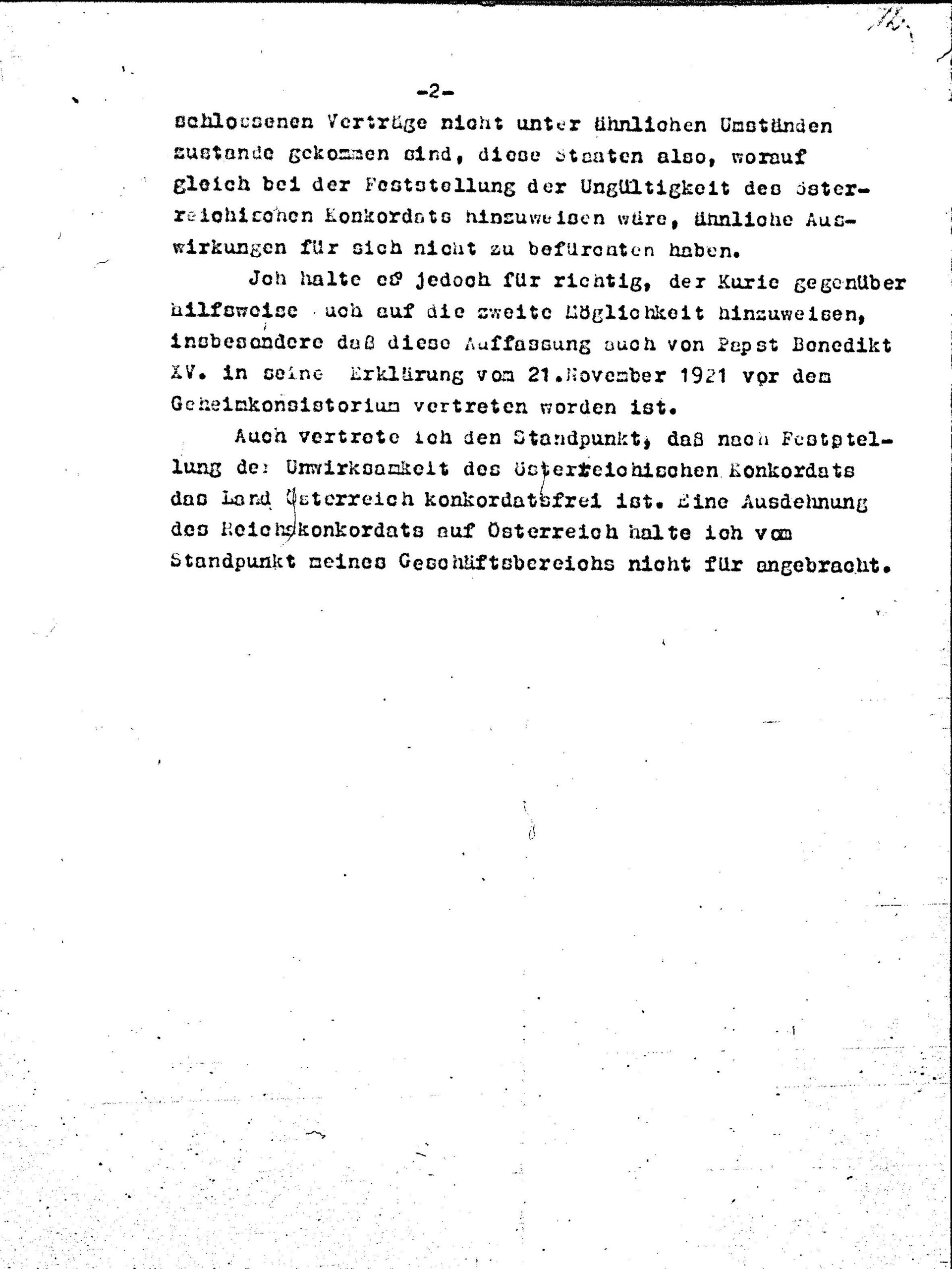
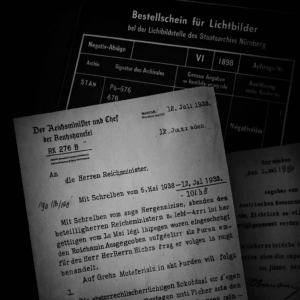
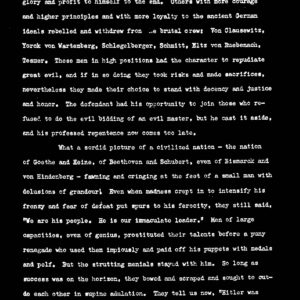
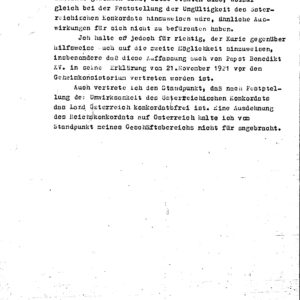

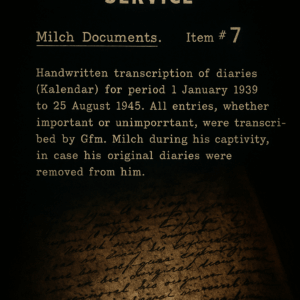

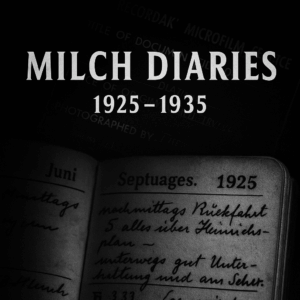

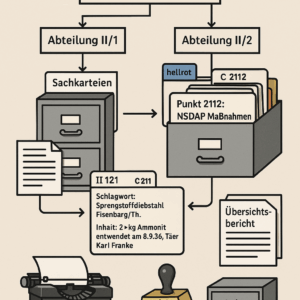
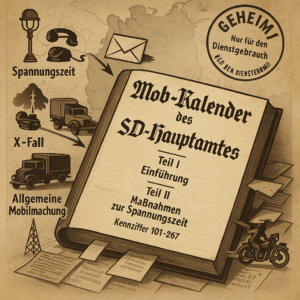
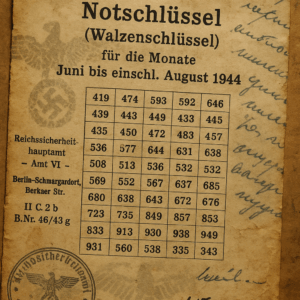




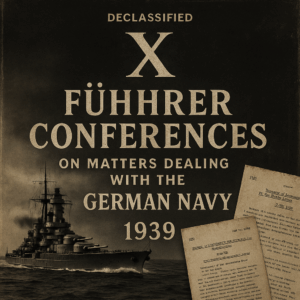
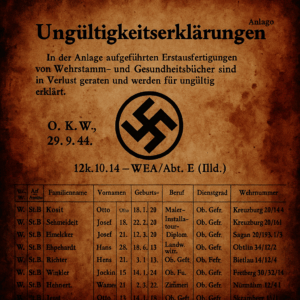
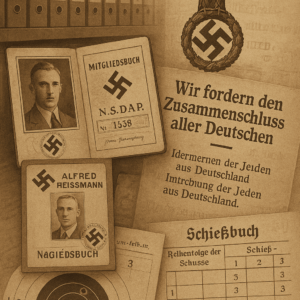
Reviews
There are no reviews yet.